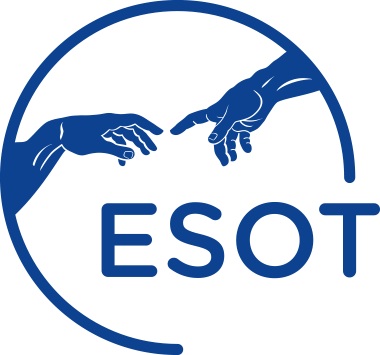- Transplantation. 1992 Apr; 53(4):808-15.
- Abstract
- Pubmed Link
Photopheresis is a potential therapy for rejection in which reinfusion of mononuclear cells exposed to ultraviolet-A light ex vivo, after treatment with 8-methoxypsoralen in vivo, initiates host immune responses that specifically inhibit the cytotoxicity of the photomodulated mononuclear cells. Between May 1990 and January 1991, 7 heart transplant (HT) patients (age 42.2 +/- 16.7 [mean +/- SD] years) on triple immunosuppression (cyclosporine, corticosteroids, and azathioprine) had 9 episodes of non-hemodynamically compromising moderate rejection that were treated with photopheresis. These episodes of rejection occurred at an average of 114.4 +/- 180.5 (range 8-575) days after HT. After oral administration the mean serum level of 8-methoxypsoralen achieved was 129.0 +/- 72.4 ng/ml. An average of 10.4 +/- 9.6 x 10(9) mononuclear cells were treated with each photopheresis procedure. Photopheresis was performed twice when less than 5 x 10(9) mononuclear cells had been treated with the first procedure. Of 9 rejection episodes treated with photopheresis, 5 required 1 procedure and 4 required 2 procedures. Photopheresis was used to treat a single episode of rejection in 5 pts. and 2 separate rejection episodes in 2 additional pts. Eight of 9 episodes of rejection were successfully reversed by photopheresis as assessed by endomyocardial biopsy (EMB) performed 7 days after treatment. Immunohistochemical analysis of EMB samples revealed that postphotopheresis cell counts for T cells, B cells, and macrophages were reduced compared to pretreatment values and correlated with the histopathologic resolution of rejection. Hemodynamics were normal prephotopheresis and remained unchanged at the time when the postphotopheresis EMB showed no evidence rejection No adverse effects have been observed with photopheresis. Over a follow-up period of 5.3 +/- 4.0 months, rejection and infection rates/pt./follow-up months were 0.3 +/- 0.4 and 0.04 +/- 0.07, respectively. The preliminary, short term results of this pilot study indicate that photopheresis may be efficacious in the treatment of moderate rejection in hemodynamically stable HT patients and thus may be an alternative to corticosteroid pulses.
BACKGROUND:
There is no standard definition for “HLA incompatible” transplants. For the first time, we systematically assessed how HLA incompatibility was defined in contemporary peer-reviewed publications and its prognostic implication to transplant outcomes.
METHODS:
We combined 2 independent searches of MEDLINE, EMBASE, and the Cochrane Library from 2015 to 2019. Content-expert reviewers screened for original research on outcomes of HLA-incompatible transplants (defined as allele or molecular mismatch and solid-phase or cell-based assays). We ascertained the completeness of reporting on a predefined set of variables assessing HLA incompatibility, therapies, and outcomes. Given significant heterogeneity, we conducted narrative synthesis and assessed risk of bias in studies examining the association between death-censored graft failure and HLA incompatibility.
RESULTS:
Of 6656 screened articles, 163 evaluated transplant outcomes by HLA incompatibility. Most articles reported on cytotoxic/flow T-cell crossmatches (n = 98). Molecular genotypes were reported for selected loci at the allele-group level. Sixteen articles reported on epitope compatibility. Pretransplant donor-specific HLA antibodies were often considered (n = 143); yet there was heterogeneity in sample handling, assay procedure, and incomplete reporting on donor-specific HLA antibodies assignment. Induction (n = 129) and maintenance immunosuppression (n = 140) were frequently mentioned but less so rejection treatment (n = 72) and desensitization (n = 70). Studies assessing death-censored graft failure risk by HLA incompatibility were vulnerable to bias in the participant, predictor, and analysis domains.
CONCLUSIONS:
Optimization of transplant outcomes and personalized care depends on accurate HLA compatibility assessment. Reporting on a standard set of variables will help assess generalizability of research, allow knowledge synthesis, and facilitate international collaboration in clinical trials.


